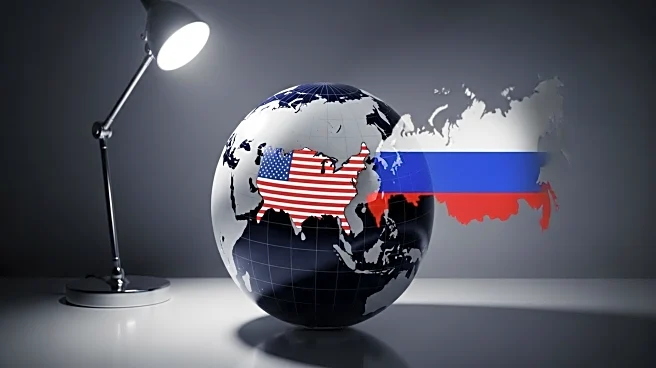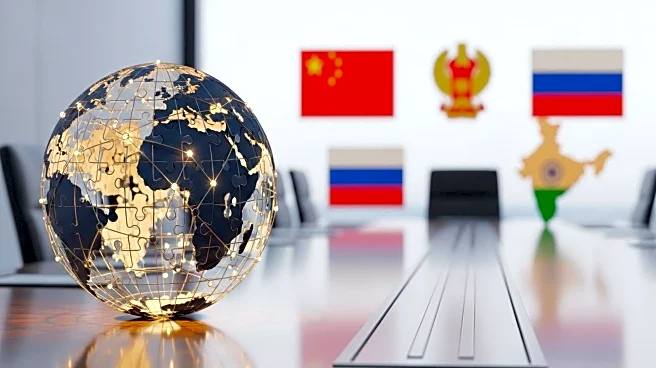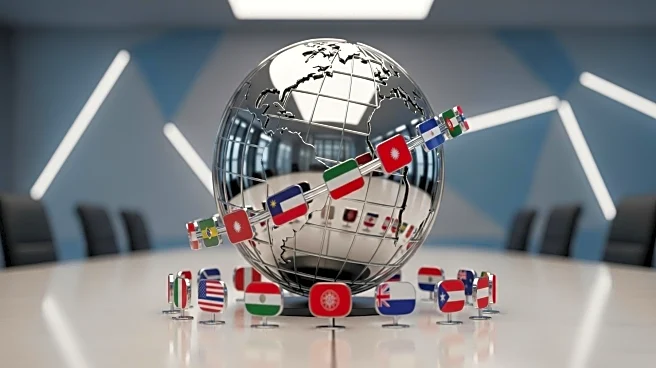What's Happening?
The U.S. Department of Commerce has finalized regulations banning Chinese and Russian connected vehicle technology from the American market. Starting in 2027, software enabling connectivity and advanced driving features at SAE Level 3 and above will be prohibited, with hardware bans following in 2030. The regulation targets vehicle connectivity systems like cellular, Wi-Fi, and Bluetooth, while excluding sensing technologies like LiDAR and radar. The enforcement involves strict compliance measures, with penalties for violations reaching up to $1 million.
Why It's Important?
The ban reflects U.S. national security concerns but has significant implications for the auto industry. It restricts access to cost-effective technologies, potentially raising vehicle prices and limiting features available to consumers. The regulation could slow the adoption of advanced driving technologies in the U.S., affecting the competitiveness of American automakers globally. It also highlights the growing geopolitical tensions influencing trade and technology policies, impacting international collaborations and market dynamics.
What's Next?
Automakers must adapt to the new regulations by restructuring supply chains and ensuring compliance. This may involve significant investments in alternative technologies and partnerships with non-Chinese suppliers. The industry could see shifts in production strategies, with potential delays in feature rollouts and increased costs. The regulation may also prompt discussions on balancing national security with technological innovation and market competitiveness.
Beyond the Headlines
The ban raises questions about the long-term impact on the U.S. auto market's innovation and global standing. It may lead to increased reliance on a limited set of allied suppliers, making the market more vulnerable to disruptions. The regulation reflects broader protectionist trends, potentially influencing other sectors and international trade policies. It underscores the need for strategic planning to navigate geopolitical challenges while fostering technological advancements.











